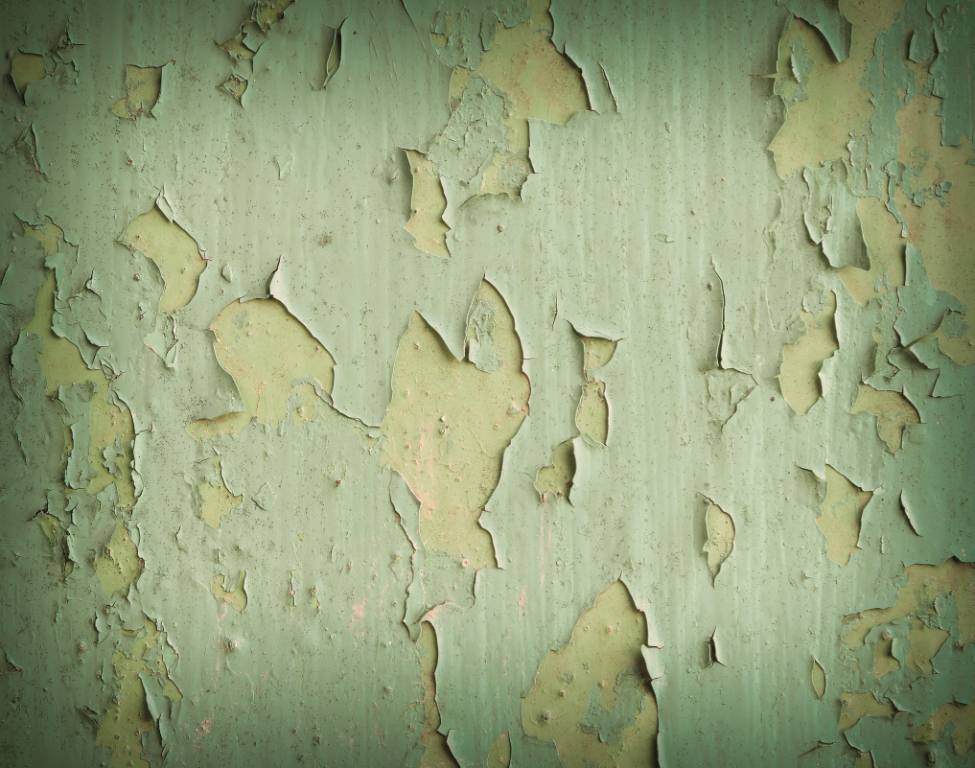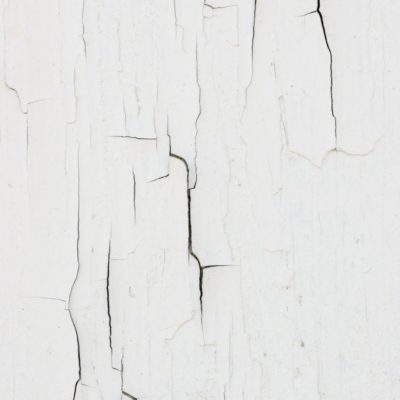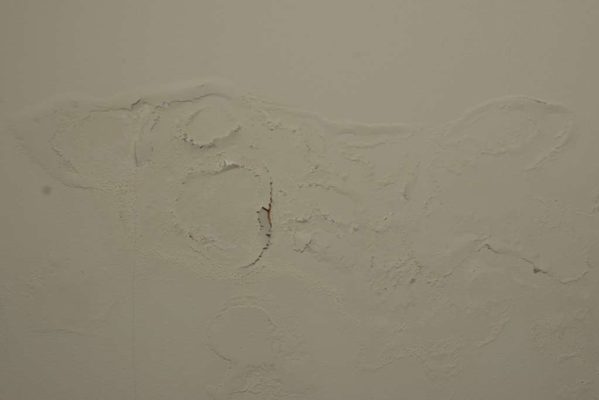
Failure of the paint is defined as the loss or adhesion of bond between paint-primer coats and the substrate or reduction of bond strength between paints’ coats and the substrate. It is also a deterioration, which reduces its rated life. Due to failure of the paint, it fails to protect substrate for which it is used, losses its aesthetic look for which it is meant and also fails to serve some other intended functions.The beginning of paint failure is often slow, but once it starts it propagates quickly. Paint failure therefore is also known as paint adhesion loss.
Failure of the paint may be due to shrinkage of paint and movement of the paint film over the surface due to temperature variations or moisture penetration through the layers of paint at cracks and pinholes. It is also due to expansion of air or water vapour arising from the sub stratum surface.
The atmospheric effects like heat, moisture and chemical attack etc leads to failure of paint. The reasons for failure are different for both interior and exterior surfaces. It is the reason why there are different paints both for interior as well as exterior surfaces. We will discuss here basically the reasons for failure of interior surfaces.
Causes of Paint Failure
01. Moisture:
Paint on walls has an increased risk of failure or peeling of the paint, because the means or ways for escape of water introduced during construction operations are restricted. During the construction of masonry wall or even during cement plastering the moisture in mortar neither gets evaporated fully nor gets fully consumed in hydration. This moisture will try to come out. It is due to this reason; the presence of moisture accelerates the process of separating the paint layer or paint film from the surface.
Due to Moisture following two main defects arises:
Peeling – Peeling of paint is one of the several defects on painted surface. This defect arises due to moisture presence on the surface. Read more here peeling defect in paint.
Blistering – Blistering in paint also arises due to moisture. Know more about Blistering in paint.

Peeling Defect in Paint

Blistering in Paint
02. Inadequate Surface Preparation:
Durability of any painting coat depends upon complete and careful preparation of the surface before painting. The Surface should be smooth, even and free from any sort of dirt, oil etc which does not allow the complete bond between surface and paint.
In the case of repainting, it is not necessary to remove entire existing paint but do remove all loose flakes. Any Cracks and other imperfection do not let the paint adhere correctly to the surface. Hence proper surface preparation is absolutely necessary.
Cracking in paint film occurs due to inadequate surface preparation. Cracking is the defect of paint which arises due to lower quality paint, inadequate surface preparation and inadequate adhesion. Get more information about cracking in paint.

03. Improper Application of Paints:
Paint can be applied by brush, rollers or by or spray. If suitable brush or roller is not used , the paint is very likely to fail.
Improper Application of Paints is the Cause of following two Defects:
- Crawling-The paint fails, if new coat of paint is applied on a previous coat which is in wet condition. So always allow paint film to dry before applying second coat.
- Wrinkling-Wrinkling occurs when the lower film of the paint does not dry due to greater thickness of the paint film that shrinks due to drying in course of time. Read more about wrinkling in paint.

04. Bad Workmanship:
Bad Workmanship is also responsible for failure of paint. Sometimes painters make paint so thin to indirectly save both on materials and labour that it fails. A thin paint film has less life.
05. Weathering:
The formation of a white, chalky powder on the surface paint film is known as “chalking”. This defect often occurs due to excessive sunlight, moisture, and oxygen in the moisture. Chalking occurs due to various reasons. Know more about chalking in Painting.

06. Efflorescence:
Efflorescence is the migration of salts to the surface of a porous material, where the salts form a coating. Efflorescence occurs due to various reasons such as:
- Presence of water or moisture in substrate of building materials which comes above due to capillary action.
- Addition of crystalline powder on the underside of the paint film ultimately resulting in paint breakdown, if the substrate is coated with an impermeable coating like Synthetic Enamels.
- In the case of porous films like emulsion paints, the salt solution can pass through the film, crystallising on the paint film. It can be brushed off the film without any harm.
Know more about Efflorescence: Common Defect in Paint

07. Wrong Choice of Paint:
Interior paints are selected on the bases of the climate conditions. For Example, water based paints are suitable for high humidity areas. Like bathroom, kitchen and wash where even damp resisting paints, should be applied.
Also Read:
20 Different Types of Paints Used for Interior and Exterior Surfaces
Bleeding Defect in Paint: Precautions and Repairs
Blistering Defect in Paint: Precautions and Repairs
Causes and Treatments for Algae/mould Growth in Paint































